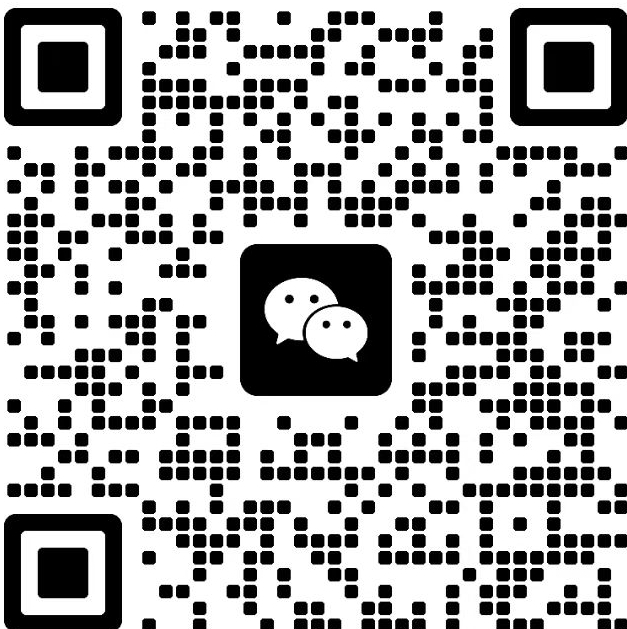How to wire for star-delta reduced-voltage starting?
The wiring method for star-delta reduced-voltage
starting is as follows:
Wiring of the Motor Junction Box
1. Confirm the type of the motor. Star-delta starting is applicable to motors whose nameplates are marked with
"△/Y 380V/660V" or "△ 380V". The internal windings of such motors are in delta connection.
2. Open the motor junction box and remove the original three connection pieces.
3. Confirm the numbers of the six terminal posts, which are usually marked as U1, V1, W1, U2, V2, and W2.
4. Prepare two three-core cables and connect them to the six output terminals of the control cabinet
respectively. Connect them according to the following rules: The first group of cables is connected to U1,
V1, and W1 (corresponding to the three starting ends of the motor windings); the second group of cables is
connected to U2, V2, and W2 (corresponding to the three tail ends of the motor windings). It should be
particularly noted that the two terminals originally connected by the connection piece (such as U1 and U2)
must be connected to the same phase of the power supply.
Wiring of the Control Circuit
The standard star-delta starting control circuit includes a circuit breaker QS, a main contactor KM1, a star
connection contactor KM2, a delta connection contactor KM3, a time relay KT (power-on delay type), a stop
button SB1, and a start button SB2. The specific wiring is as follows:
1. Lead out the three phases of L1, L2, and L3 from the output end of the circuit breaker QS to the upper port
of the main contactor KM1. The lower port of KM1 is respectively connected to the star-point short-circuit end
of KM2 and the delta connection end of KM3.
YouTube:https://youtube.com/shorts/bGPEmE9JM4Y
2. Close the circuit breaker QS and press the start button SB2. The main contactor KM1 and the star contactor
KM2 are simultaneously attracted. The motor starts in the star mode. At this time, the current path is power
supply - L1, L2, L3 - the main contacts of KM1 - the main contacts of KM2 - the motor windings (U1, V1, and W1
are connected to the power supply, and U2, V2, and W2 are short-circuited).
3. The time relay KT starts timing. After the delay ends, the contacts of KT act, disconnecting the coil circuit of
KM2 and simultaneously closing the coil circuit of KM3. KM2 is released, and KM3 is attracted. The motor switches
from the star mode to the normal operation in the delta mode. At this time, the current path is power supply -
L1, L2, L3 - the main contacts of KM1 - the main contacts of KM3 - the motor windings (U1 - W2, V1 - U2, and W1
- V2 are respectively short-circuited, and L1, L2, and L3 are respectively connected to U1, V1, and W1).
Other Wiring
1. Wiring of the thermal relay FR: Connect the heating element of the thermal relay in series in the main circuit,
generally in the line between the main contactor KM1 and the motor. Its normally closed contact is connected
in series in the control circuit for the overload protection of the motor.
2. Wiring of the power indicator light: Connect it directly in parallel to the power supply to indicate whether
the power supply is connected.
3. Wiring of the operation indicator light: Connect it to the normally open contact of the delta-closing contactor
KM3. When KM3 is attracted and the motor enters the delta operation state, the operation indicator light is on.
4. Wiring of the start indicator light: Connect it to the normally open contact of the star-closing contactor KM2.
When KM2 is attracted and the motor starts in the star mode, the start indicator light is on.


